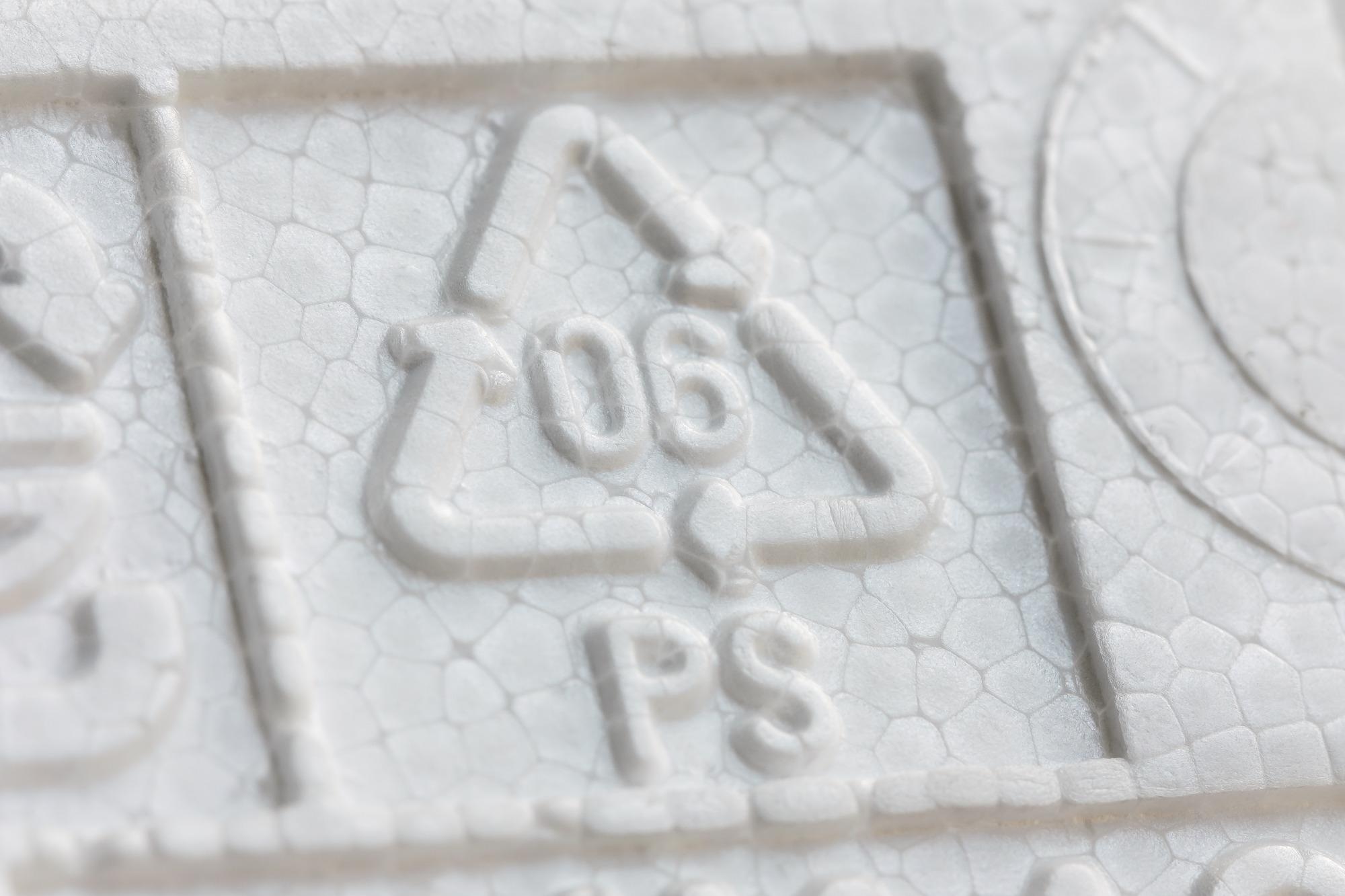Reviewed by Alex SmithApr 12 2022
Polystyrene, a variety of plastic that contributes to a third of global landfill waste, is widely used to make numerous products, such as Styrofoam egg cartons, red drinking cups and hard plastic compact disk cases.

Image Credit: Shutterstock.com/Daniel Fung
In terms of plastic production and end-of-life waste streams, we are on the road to an unsustainable future.
Erin Stache, Assistant Professor of Chemistry and Chemical Biology, College of Arts and Sciences, Cornell University
But there is a positive update: Stache has found a new solution for polystyrene waste — upcycling it into benzoic acid, a chemical having extensive commercial demand, via a gentle process that uses light, an oxygen-abundant surrounding, and a rich iron-based catalyst. The reaction can also occur in a sunny window.
The study was published in the March 23rd issue of the Journal of the American Chemical Society. The study’s lead author is doctoral candidate Sewon Oh.
In agreement with her lab’s mission to handle environmental issues through fascinating chemistry, the new process is gentle, climate-friendly and scalable to commercial waste streams, Stache explained. It efficiently creates benzoic acid, a product commonly found in high school and undergraduate chemistry labs and also used in food preservatives, fragrances and other common products.
Furthermore, the process is tolerant of additives found in consumer waste, including dyes, dirt and other kinds of plastics.
Polystyrene (PS) plastics differ extensively in use, form and texture — from light, airy Styrofoam to solid CD cases, and numerous forms in between. All these items are analogous in chemical composition, Stache explained.
The difference is in how they are processed. Polystyrene foam, or Styrofoam, is filled with air, like a meringue, whereas a hard plastic CD case is solid polystyrene.
Erin Stache, Assistant Professor of Chemistry and Chemical Biology, College of Arts and Sciences, Cornell University
At the atomic level, polymers (plastics) are made up of hundreds of small molecules known as monomers arranged into long molecular chains via complex processes, Stache stated. Breaking down a polymer can likewise be complicated.
The scientists discovered that enhanced conditions need a PS sample in acetone exposed to LED light in an oxygen-abundant surrounding, using an iron chloride catalyst for 20 hours. In the enhanced process, PS degraded to 23% benzoic acid. Other products such as smaller plastic molecules can be repurposed in other ways.
During the previous summer, Stache’s lab performed a few degradation experiments in a sunny window; in a region with abundant all-year sunlight, the reaction could be performed outdoors.
“The advantage of using light is you can get exquisite control over the chemical process based on some of the catalysts we’ve developed to harness the white light. If we can use sunlight to drive the process, that’s a win-win,” Stache stated, observing that a number of current polymer recycling methods necessitate heating a polymer for melting and processing, which generally involves fossil fuel.
To verify the tolerance of the process to other materials blended with PS, the scientists used several products, spanning from packaging materials to lids of coffee cups.
They discovered that three products — Styrofoam, a white coffee cup lid and a clear lid — degraded very well. A black coffee cup lid broke down less efficiently, perhaps due to the black dyes inhibiting light penetration, Stache explained.
“These results signify that our system could efficiently break down commercial samples of PS, even with additional composite and insoluble material,” she said.
To show scalability and possible commercial application, the scientists built a setup with two LED lamps and two syringe pumps in a 3D-printed photoreactor. The efficiency of the degradation process at a large scale was akin to that in small batches.
If we can make the process even more efficient, we can think about how to commercialize it and use it to address waste streams.
Erin Stache, Assistant Professor of Chemistry and Chemical Biology, College of Arts and Sciences, Cornell University
The National Science Foundation partly supported this research.
Journal Reference:
Oh, S. & Stache, E. E., (2022) Chemical Upcycling of Commercial Polystyrene via Catalyst-Controlled Photooxidation. Journal of the American Chemical Society. doi.org/10.1021/jacs.2c01411.